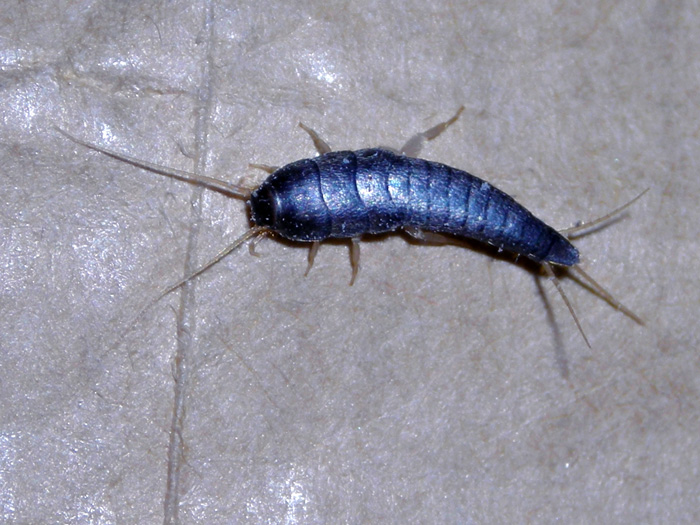The inventory was developed by the entomologists Germán Amat García and Fernando Fernández, from the Natural Sciences Institute of Universidad Nacional de Colombia in Bogotá.
The oldest
The primitive insects are different from the rest, since their geological record locates them in periods such as the Carboniferous (from the Paleozoic Era), characterized by their big extensions of forests that were buried, giving origin to coal. On this Era, there were a big number of amphibians, however, dinosaurs still existed, and the continents were going to join into a mega-continent known as Pangea.
Among other species registered in the catalog, there is the silverfish (Zygentoma), which is part of an old linage of insects, which do not have winds and live around five or six years. Dragonflies (Odonata), which eat mosquitoes, bees, moths, and butterflies, clean the ecosystem from flies that transmit diseases such as dengue fever and gastroenteritis.
Cockroaches (Dictyoptera) are also registered as processors of organic material, which paradoxically guarantee the health of the ecosystems, and earwigs (Dermaptera), that eat organic material in decomposition and, occasionally, fruits and other insects.
The first catalog of primitive insects also contains the description of springtails (Collembola), jumping bristletails (Archaeognatha), mayflies (Ephemeroptera), web spinner (Embioptera), and zoropterans (Zoraptera).
The expert in ants Fernando Fernández explains that the animals we know today, such as beetles, flies, crane flies, bees, and fireflies had insect ancestors without wings, but they had different evolution process.
It was also determined that they did not copulate nor had direct sex. The mating between males and females was not through penetration of the male organ in the female one to ensure fecundation, but it was direct; in other words, males used to put their sperm on the soil or in some sort of tissue similar to a spider web and made the females take it.
Today, this process can be seen in scorpions "whose oldest fossils are 410 million years old", that perform a dance in which males grab the females" claws and invite them to walk on their sperm.
"The duty is to consolidate this information and get closer to a real catalog of the biodiversity of insects in the country. This is possible with the research capacity of the human resources and the support of the institutions and the government," asserted Amat
 Correo Electrónico
Correo Electrónico
 DNINFOA - SIA
DNINFOA - SIA
 Bibliotecas
Bibliotecas
 Convocatorias
Convocatorias
 Identidad UNAL
Identidad UNAL



